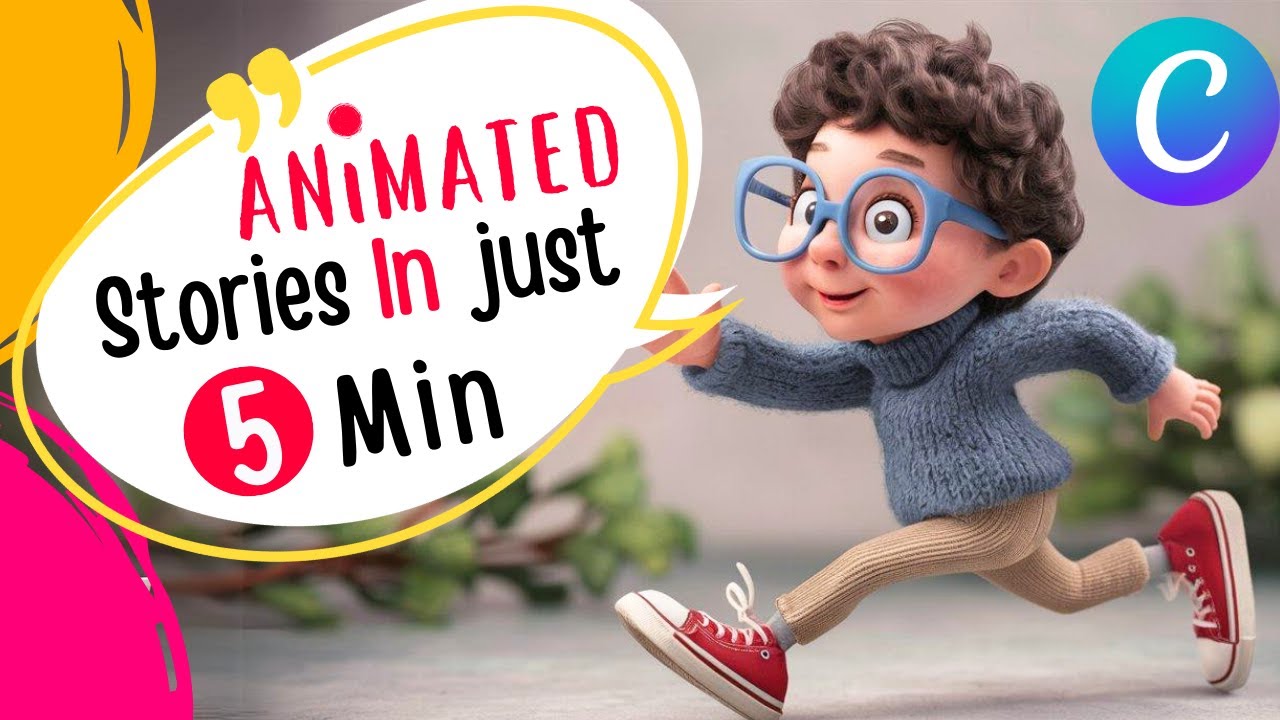How to Create Animated Videos using Canva For FREE Step By Step Tutorial
Education

Introduction
Scrolling through social media, you might find beautifully animated videos that capture your attention. If you've ever thought, "I wish I could do that!"—well, you can! In this guide, we'll walk you through three secret techniques to create captivating animations using Canva.
Getting Started with Canva Animation
To begin, log into your Canva account and open a new YouTube video project. Here, you can add multiple pages for your video by clicking the "Add Page" button. Today, we'll create a short animated story about a person's day.
Step 1: Setting the Scene
Choose a Background:
- Click on "Elements" and search for "City."
- Select a graphic that appeals to you for your background. Adjust it by dragging the edges to fit the canvas.
Add a Character:
- Go back to "Elements" and search for "walking."
- Choose an animated character that fits your storyline. Adjust the character's size and place it at the starting position on your canvas.
Step 2: Animate the Character
Now it’s time to make your character move!
Select Animation:
- Click on the character and select "Animate."
- Pick the desired animation style (you can choose between "Smooth" or "Steady").
Set Movement:
- Press the "B" icon, then hold your mouse down and drag the character in the direction you want it to move. For our project, we will move it from left to right.
- Adjust the speed of the animation as needed.
Step 3: Adding a Moving Background
Next, let’s animate the background simultaneously.
Adjust Background:
- Select a similar background to maintain continuity in your story.
- Drag your new background image behind your character.
Animate the Background:
- Click "Animate," select the background, and drag it according to your desired movement direction.
- You can again choose the style and speed of the animation.
Step 4: Transition to New Scenes
For the next part of our story, let’s create a street scene.
New Background:
- Search for "City road" in elements and select a fitting image.
- Add an animated car graphic, then flip and adjust it to face the desired direction.
Duplicate for Effect:
- Click on the three dots and select "Duplicate" to create a second instance of the car.
- Adjust the position to simulate movement.
Add Transition:
- Click on the small icon in between the duplicate pages to add a transition.
- Select your preferred transition style, like "Match and Move," and adjust the duration.
Step 5: Enhance with Final Touches
Group Moving Elements:
- Bring your main character next to the car and create a rectangular shape that will be transparent to add depth to your animation.
- Make sure to group the character and the rectangle shape so they move seamlessly.
Final Animation:
- Duplicate the character and adjust its layers so that it appears behind the car during the transition.
Preview Your Work:
- Click to preview, and make further adjustments to the transition if necessary.
By following these steps, you can create stunning animations that will captivate your audience!
Keyword
- Animated Videos
- Canva
- Tutorial
- Character Animation
- Background Movement
- Transition Effects
FAQ
1. Do I need to pay for Canva to create animated videos?
No, Canva offers free features that allow you to create animated videos without any cost.
2. Can I use my own images in the animations?
Yes, you can upload your own images and incorporate them into the animations within Canva.
3. Is there a limit to how many pages I can add to my video?
No, you can continue adding pages as needed for your video project in Canva.
4. Can I adjust the timing of animations?
Yes, Canva allows you to adjust the speed and timing of your animations according to your preferences.
5. What types of animations can I create with Canva?
Canva provides various styles of animations including character animations, background movements, and transition effects between scenes.

